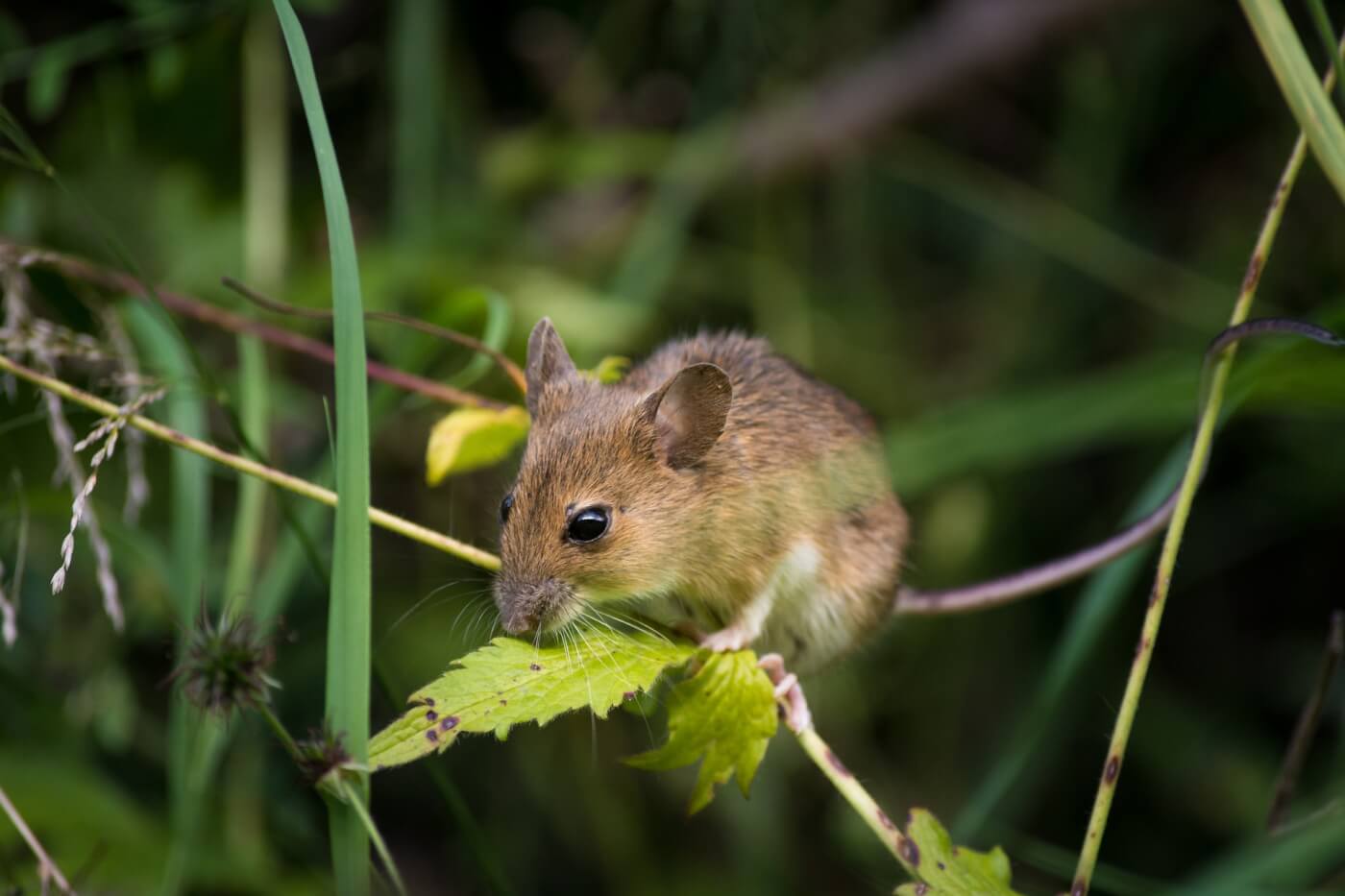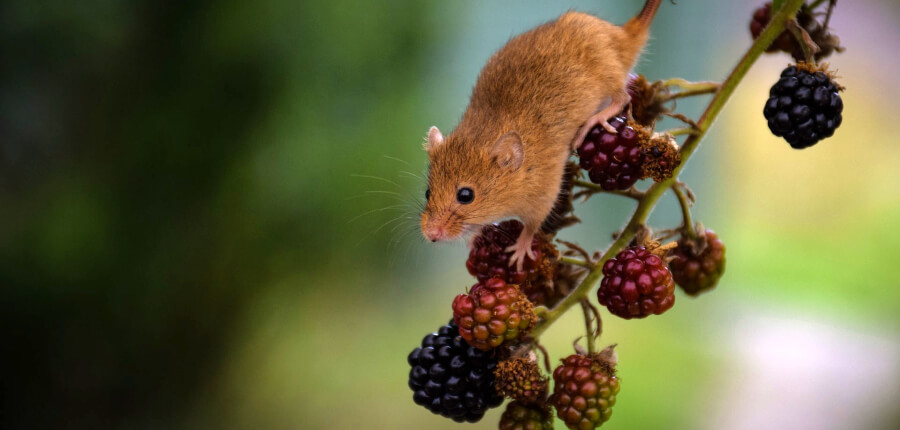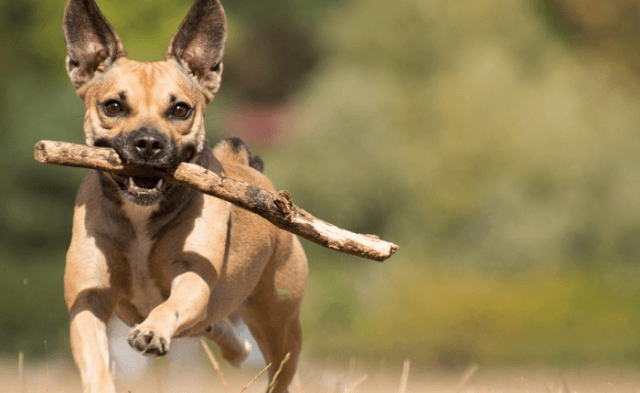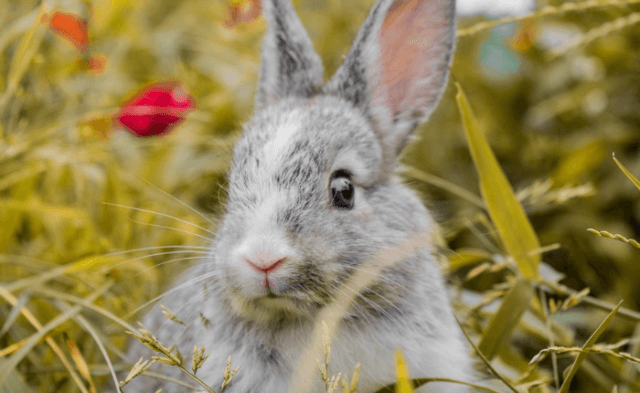Early one morning, I was awakened by a sound that no homeowner wants to hear: chewing. Someone was in the attic noisily munching away.
Although it can be unsettling to realize that you’re sharing your home with a family of squirrels, rats, or mice, we can’t really blame these animals for seeking shelter when snow or the dog days of summer descend. After all, animals want the same things we do: food, a safe place to raise a family, and a cozy spot to sleep. We can—and should—deal kindly with such uninvited guests.

The first step is to grab a flashlight and try to determine where and how animals are coming into your home. Thoroughly inspect your attic and eaves to find openings where they can enter. Look for cracks in the foundation, gaps around doors left by worn weather stripping, or spots where cables run through walls—all of which look like an open door to a small animal. Mice can squeeze through holes as small as a dime!
Next, encourage the animals to move out on their own by making your home inhospitable. Eliminate food sources by keeping counters and floors free of crumbs and storing food in chew-proof containers. Seal trash containers, pick up your animal companions’ food at night, and never feed them outdoors. Eliminate hiding places by keeping grass and vegetation trimmed back and stacking firewood away from buildings. Trim overhanging tree limbs to prevent easy access to the roof.
To encourage a speedy evacuation, keep a radio on around the clock, leave on a bright light, and/or set out rags or cotton balls soaked in ammonia (which smells as bad to squirrels, mice, and rats as it does to us) in areas that animals frequent. Wait until the breeding season has ended before sealing up any holes so that you don’t inadvertently trap baby squirrels inside.
Once the animals have moved on, seal the entry points using foam sealant, steel wool, hardware cloth, or metal flashing. If any squirrels remain, you’ll know, because a mother squirrel will frantically attempt to regain entry if her youngsters have been sealed inside. Just reopen the hole to allow them to leave. Mice and rats can be caught in a humane trap during mild weather. Just escort them to a nearby field or wooded area. Don’t take them farther than a block, though, or they’ll have trouble finding food and shelter. If it’s very cold outside or the ground is covered with snow, wait for milder weather.
Whatever you do, don’t resort to cruel glue traps or poisons. Animals caught in glue traps become so terrified and desperate to escape that they tear their flesh, break their bones, and sometimes even chew through their own limbs. Others die from shock, dehydration, or asphyxiation. Both poisons and glue traps can cause animals to suffer for days before finally dying. Lethal methods also backfire, because when individuals suddenly die off, the spike in the food supply accelerates the breeding rate of the remaining animals and any newcomers. The only effective solution is to seal entry points and eliminate food sources.
We humans encroach upon animals’ homes daily with our housing developments and strip malls. The least we can do is show them a little kindness when they inadvertently encroach upon ours.
Here’s How to Help if You Find an Animal Stuck to a Glue Trap




